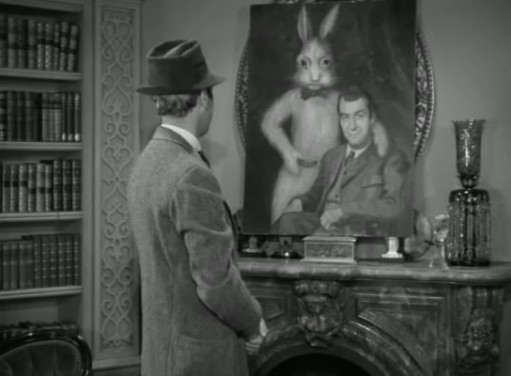It’s said that people grow more moderate and conservative in their beliefs as they grow older. I don’t know if that’s true, but let’s say it is.
The implication is that this comes from gaining experience. You start out with all sorts of new ideas, and then you learn that you can’t change everything, that there are hidden forces that resist purposeful change, forces that follow their own rules. And you learn that beautiful ideas can look horrible in real life, and that things could easily be worse than they are. Moderation and conservatism is the sane response to that.
That’s the belief, anyway. I disagree. I think there’s another factor: Cowardice. Anyone who becomes more moderate in all things is not becoming wiser, they’re just learning that any time you believe in a principle, or see things differently from everyone else, you risk making a fool of yourself. So it’s safer not to do that.
What experience actually tells us, if we listen, is that this idea is impractical, and this principle needs to be moderated, but that idea is correct whatever anyone says, and when it comes to that principle there can be no talk of moderation. Young people are random fanatics, they seize on whatever powerful idea comes their way. Wisdom is to be a selective fanatic: Moderate in some things, unbending in others.
Experience can help us to calibrate that balance. Or it can turn us into abuse victims, hiding behind a safe shell of middle-of-the-road beliefs.





